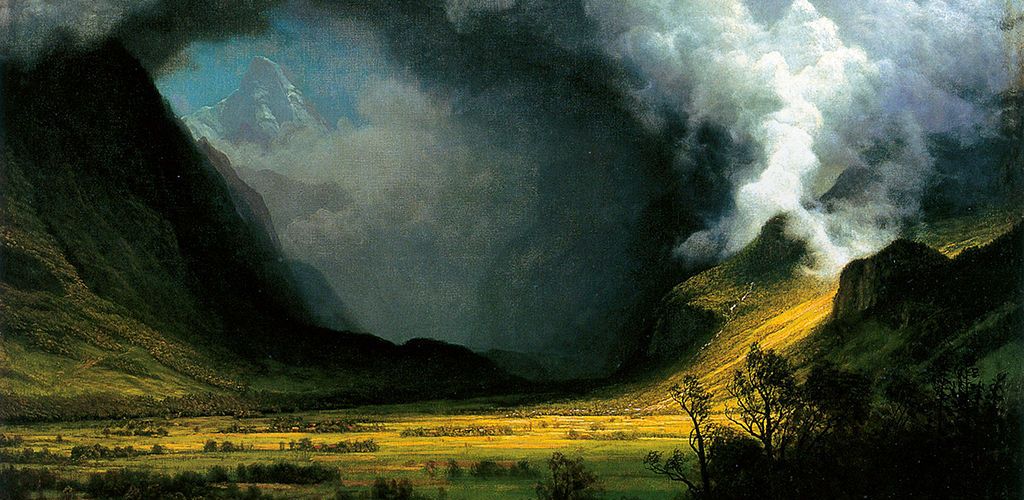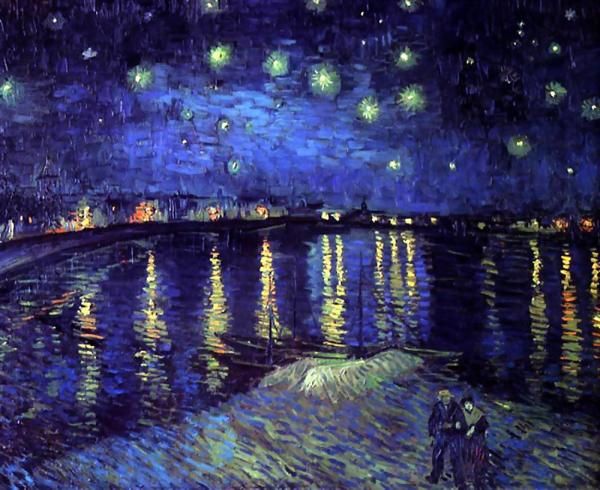MONSTERS AND GOBLINS are products of the imagination. Reflections of our irrational minds.
What happens in an electronic world which overstimulates the brain to ever-higher levels of panic and hysteria? When media infiltrates our every waking and sleeping thought?
THESE QUESTIONS and others are raised in D.C. Miller’s intense, pop-tinged speculative novel, Dracula Rules the World and Mark Zuckerberg Is His Son. With his permission we’re able to present, in time for the mad pagan holiday of Halloween, five excerpts from the book.
Are the monsters inside us– or outside in the world?
Caught in the same chain of spaces, back and forth, between my apartment and the office, always facing a screen, as if I was trying to outstare it, it had gradually become unclear when I was inside the headset and when I was outside it.
*******
(Painting: “Vampire” by Edvard Munch.)











